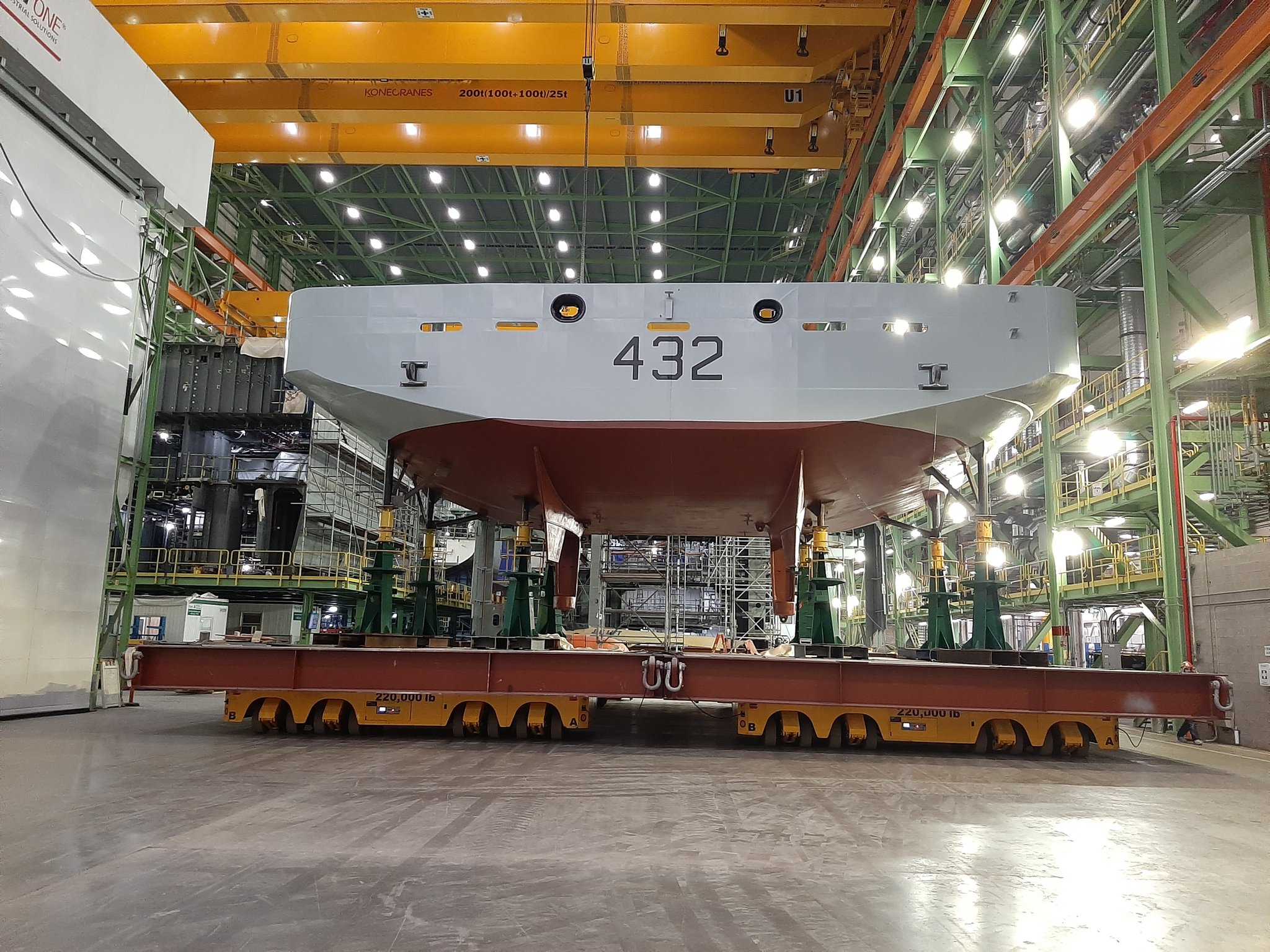Dale Denton
Full Member
- Reaction score
- 151
- Points
- 580
Czech_pivo said:Anyone have thoughts if they'll switch out the 25mm auto-cannons on the AOPS's as the 57's begin coming offline from the Halifax's? Would certainly give the AOPS's a better ability to 'reach out and touch someone' if the need ever came about.
I don't see them reusing the 57's on whatever we build to replace the Kingston's, though I'd be happy if they did.
I think AOPS armament has been talked-to-death on here. They're pretty useless in terms of a fightin' anything up there. Anything that's in the arctic that wants a fight would likely be either a Sukhoi or a SSN - so you're buggered with a 25MM. IMHO 25MM seems to be there just to avoid the news article "new navy ship has no gunz" and for the "silent authority of a deck-mounted gun".
I can imagine in mid-life or emergency refit that you could turn an AOPS into a light-corvette without too much work (see below RN River Class Batch 2 article for comparison).
https://www.savetheroyalnavy.org/enhancing-the-royal-navys-batch-ii-opvs/
This also theoretically work in an emergency on a Kingston Class - throw on a non-deck penetrating 40MM (2.3T), some fire-control radar, and replace the .50s with Miniguns.
40MM on the type 31s look impressive: 2.3 Tonnes, non-deck penetrating, 12KM range, acts as CIWS.




